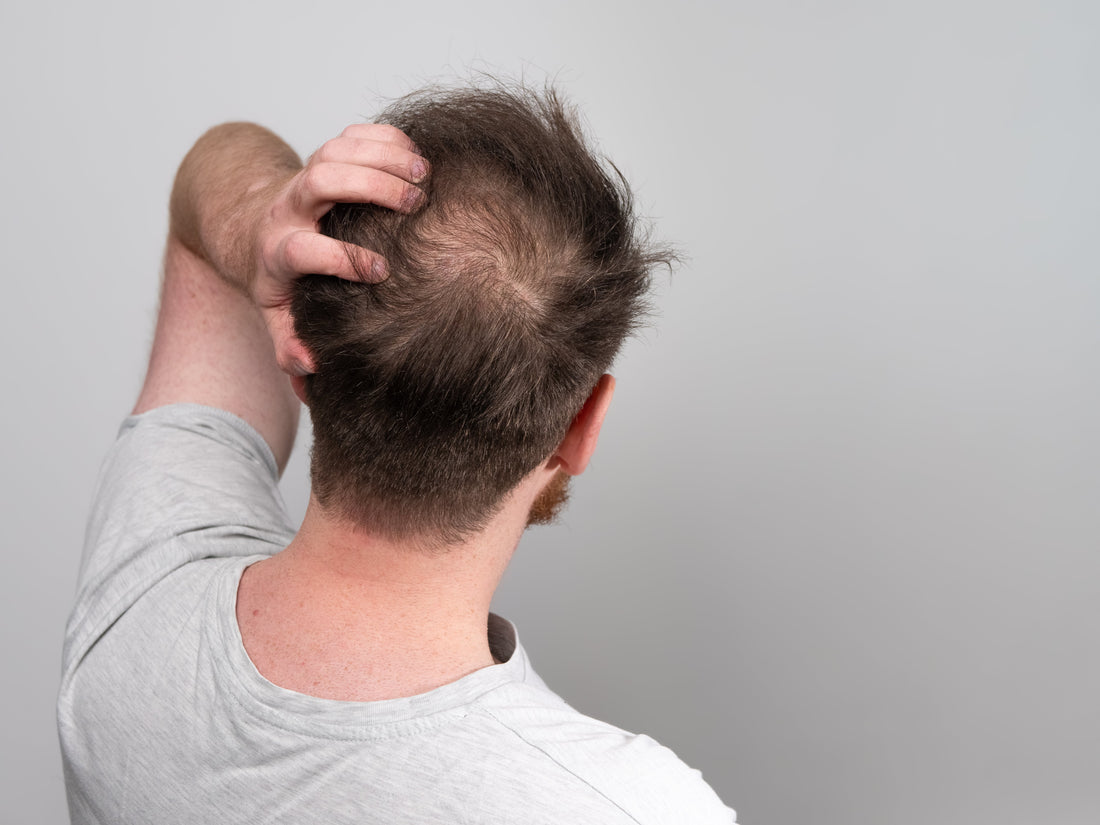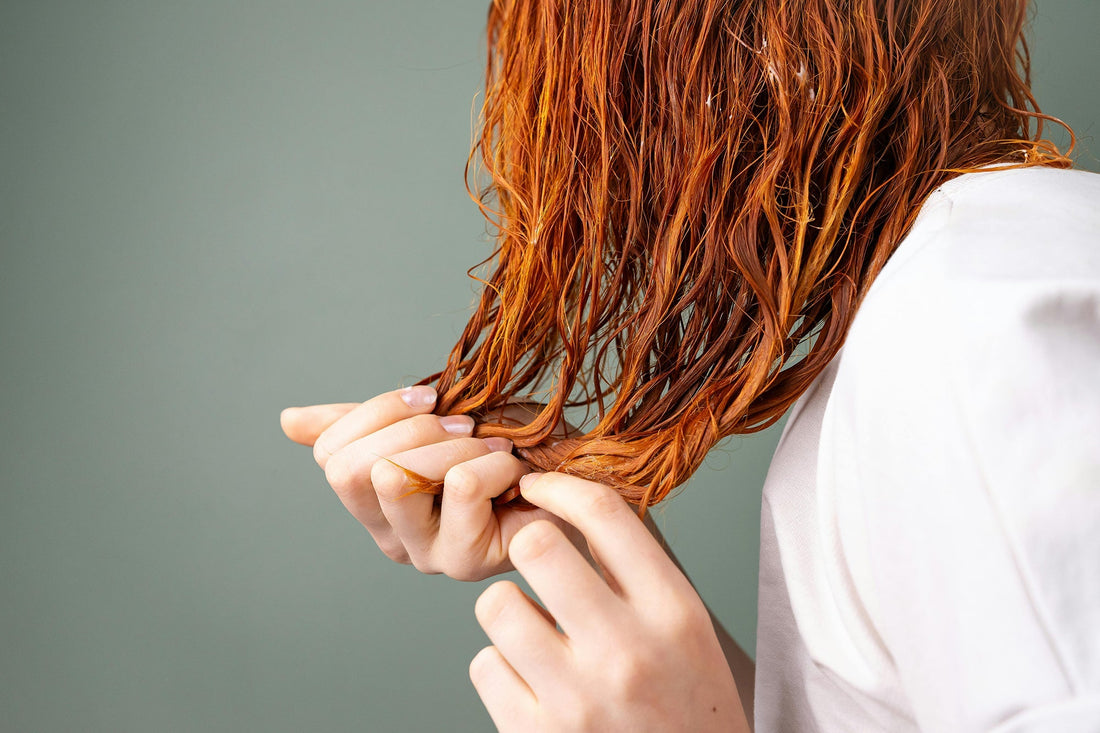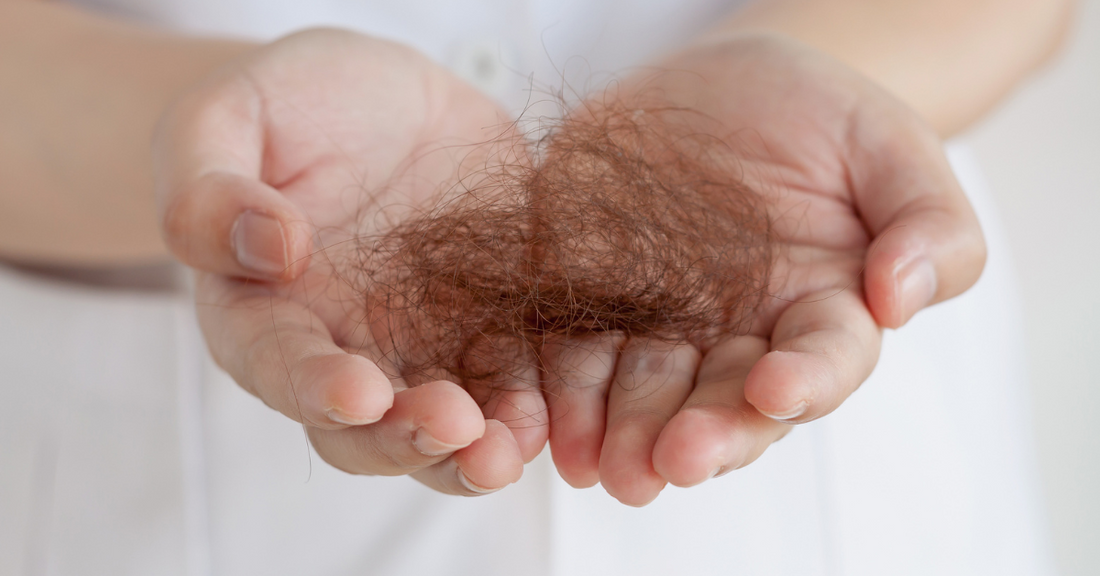So, you have just received your order of a hair loss treatment product and you want to know when can I expect results? Unfortunately, you must be patient before you will notice results. Hair loss and thinning is a process that takes some time to become noticeable and every single hair loss treatment, if effective, will require time before you will begin to notice less hair falling out and new hair growing in its place. This article explains why it takes at least a few months for all hair loss treatment products to generate new and better hair. The short of the matter is that you should not expect significant results from any hair loss treatment product in less than three to four months. That’s not to say it will definitely take that long, but that’s pretty standard.
Even healthy hair grows slowly, and hair loss treatments do not meaningfully speed up the process by much. What they do do is improve the function of your hair follicles, so more follicles will grow thicker hairs in replace of the thinning or non-existent hairs that are on your scalp when you begin treatment.
The Hair's Structure
Hair has a complicated structure comprising two main components, respectively the hair's follicle and its shaft. Hairs are made of a special protein called keratin, which is very strong. It's also the protein, which forms nails. Like the other proteins in your body, keratin is made up of amino acids. These amino acids are linked together in strings. What's more, the diameter size of a hair fiber is different from one person to another, but it usually ranges between 0.05 and 0.09 mm. And each hair sprouts through an indentation in the skin's outer layer called the epidermis.
The hair follicle is the active component of the hair. It's a tight structure, which contains different cells and connecting tissue. At the base of the hair follicle is the papilla, which includes very small capillaries that feed the cells. Moreover, the follicle also comprises the germinal matrix. That's where the cells develop new hairs.
The bulb surrounds the germinal matrix and the papilla and the capillaries nourish it. It contains a variety of stem cells, which multiply every 3 days. That's faster than any type of cells in your body. The bulb also comprises hormones, which determine hair and the structure throughout the various principal stages of life.Inner and outer casings surround the follicle to protect it and promote the shaft's. The inner cover follows the hair's shaft up to the sebaceous gland's opening. And the outer sheath reaches the sebaceous gland. You'll also find a small collection of muscle fibers attached to the outer casing. When the tiny muscle contracts, the hair stands up.
The sebaceous gland provides the body with sebum, which is like a natural conditioner. During puberty, the body produces high levels of sebum. Left untreated, excessive sebum can cause severe acne. But as you grow older, sebum quantities reduce and can cause very dry skin.
The Hair Shaft
The hair shaft is the part you can see. In fact, it's the dead section of the hair. The shaft comprises three keratin layers such as the medulla, the cortex, and the cuticle. The medulla is the innermost layer and it exists only in thick hair. The cortex is the middle section of the shaft and it contains keratin fibers. It's responsible for the hair's texture, color, and strength. Whereas the cuticle is the exterior layer of the shaft. It's colorless and comprises 6-10 overlapping layers of cells, which protect the cortex.
The medulla is the supporting structure of the shaft, located in the center of the hair fiber. It doesn't exist in all hairs on your body, but it's found in the hair on your scalp. To understand the role of the medulla, you should picture a tree. In the center of the tree, you'll find moisture, which is protected by a tough bark. But if the bark is stripped, the center is exposed, and the tree is damaged. The same happens with your hair. The medulla contains the shaft's moisture and holds it.
The cuticle together with other factors, adjust the moisture levels in the medulla. It also protects the medulla from various environmental factors such as sunlight, wind, and other pollution toxins. But when the cuticle is damaged, the medulla can't maintain moisture and dehydration sets in. In addition to the damaged state, the medulla is more likely to break and become affected by harmful chemicals and environmental factors.
The cortex is the middle section of the hair's shaft, which protects the medulla. It contains proteins, which are twisted like a telephone's cord. For example, if you stretch a piece of hair, you'll notice that it stretches before breaking. That's because you're straightening the twisted proteins. Once you release the hair, these proteins re-coil. Also, you'll find that the pigments, which give your hair its natural color, are in the cortex, where they're protected by the cuticle's cells.
When split ends occur, the cortex is in its worst state. Split ends result from severely damaged cuticles on the tip of your hair due to harsh chemicals, over-brushing, and excessive sun and water. Unfortunately, the only way to eliminate split ends is by trimming your hair.
The cuticle is the outermost layer of your hair's shaft, which protects both the cortex and the medulla. It comprises both overlapping and tiling cells. And a healthy cuticle gives hair a shiny and healthy appearance. On the other hand, if it's damaged, your hair will become brittle and dull because the cortex's cells may break.
Strong chemical treatments, environmental factors, and hot temperature blow drying can severely damage your hair's cuticle. It leads to the cuticle lifting away from the medulla and the cortex, which causes moisture evaporation, leaving your hair coarse, dehydrated and brittle.
Your Hair's Cycle
The hair on your scalp grows around 0.5 mm every day, which adds up to about 15.24 cm a year. Additionally, hair and hair loss in humans is unlike other mammals. It's random, not cyclical or seasonal. You'll find that your hair is in different stages of at any given time such as the anagen phase, the catagen phase or the telogen phase.The anagen stage is when your hair is growing. The average duration of this stage is around 3-4 years. After this period, a new hair strand grows and pushes the old hair out of the respective follicle. During this stage, hair grows at a rate of about 1 cm per 28 days. Also, because some people have a short anagen period, they find it difficult to grow their hair more than a specific length.
The catagen phase is transitional. About 3% of your hair is in this stage anytime and it usually lasts up to 2-3 weeks. During this phase, your hair's will slow down and the outer layer of the root shrinks and attaches to your hair's root, forming a club hair.
Finally, the telogen phase is a resting stage, which can last up to 3 months. About 10-15% of your hair is in the telogen phase. This is when the hair follicle is resting, and the club hair is formed. If you pull out a strand of hair in this phase, you'll notice a dry and solid white material attached to the root.
How Hair Loss Treatments Effect The Cycle
Each follicle has to go through each of those phases in order to grow new hair. Hair loss treatments might extend the active phase to achieve thicker, longer hair, but they cannot speed up the process other than to improve the overall health of the follicle so that it functions at peak performance.
When using a hair loss treatment, you should see two kinds of: thicker and fuller from active follicles and activation of dormant follicles. Both types of have to start with a new hair. That means the active follicles must either drop their hairs or complete their cycles before you’ll see fuller from them. Dormant follicles that are stimulated by your treatment will first grow thin and colorless peach fuzz before sprouting stronger and thicker hair.
You won’t notice one or two thicker hairs, so you’ll have to wait until a significant number of treated follicles have gone through shedding, kenogen and started new, active before you’ll notice a difference. That’s why it can take months for your hair treatment to work, but you can watch for signs like peach fuzz and shedding to let you know that a fuller head of hair is on the way.
Rest assured that, with a little time, patience and daily use of products clinically proven to regrow hair, you will, soon enough, start seeing and enjoying stronger, thicker and healthier hair!







